Pear is a sweet and healthy fruit. But, if previously there were heat-loving early - quickly spoiling varieties that practically did not ripen in the Middle Russia strip, then the problem for breeders and growers was to develop resistant species to cold and frost. So, mid-ripe, and then winter long-stored pear varieties appeared, retaining their sweetness and juiciness not days, weeks, but months.
Content
Features and differences of a winter frost-resistant pear
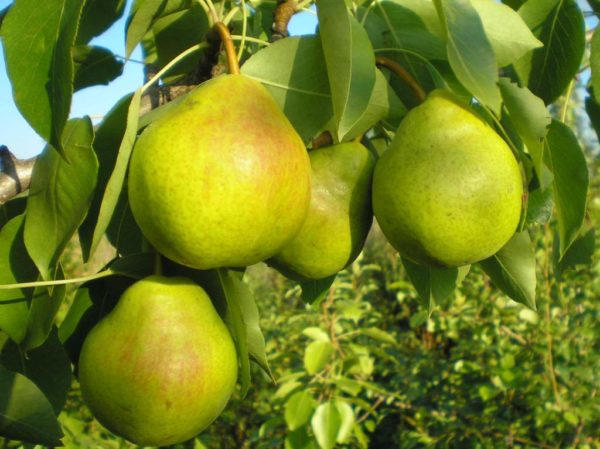
The main characteristic feature of pears of winter selection varieties is frost resistance. Depending on the shelf life, winter pears are divided into three types:
- Early winter - those that retain the taste and presentability of the form until January. This includes breeds with the following names: “Nart” - fast-growing, pyramidal, “Kure” - large-fruited high-yielding, “Elena” - with large record-breaking fruits, regularly bearing fruit.
- Mid-winter - until February-March: a tall-growing “Saratovka”, which does not tolerate saline soils with long-standing ground waters, soils with a pebble layer “Olivier de Serre”, winter-resistant and precocious “Kyrgyz winter”, mid-sized “Pass-Crassan”.
- Late winter - until April-May. Best for transportation and sale. With giant fruits (up to 700 g) dessert "Deccanum winter" (the second name is "Winter Duchesse"). Medium-sized, small-fruited, with yellowish pulp “Tikhonovka”. Skoropodnaya, scab-resistant, green-yellow "Emerald" (you need to collect it in October, but you can eat it after 15 days). Ukrainian varietal, not amenable to powdery mildew “Artyomovskaya Zimnyaya” - sweet-juicy, voluminous - up to 160 to 360 g. High-yielding (gives 100 kg or more per year), sweet and sour, weight record holder - up to 400 g “Zest of Crimea ". All seven months golden yellow on the table and in the photo.
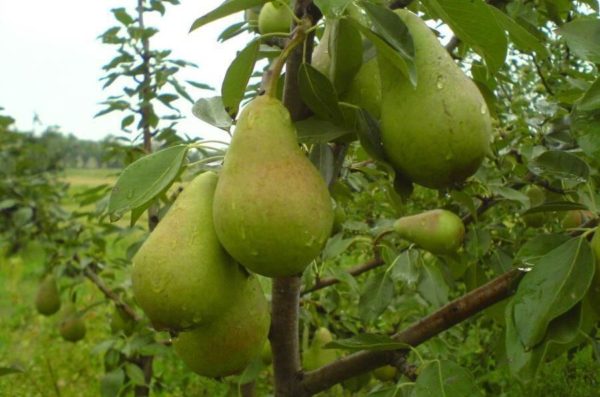
Winter-varietal trees do not require such thorough warming as their precocious brethren (except those that were bred specifically for the southern regions), and are capable of withstanding temperature drops up to -25 ° C. However, there are those species that cope with stronger frosts - more adapted varieties of pears for the capricious Moscow region. To -29-30 ° C withstand:
- Concord is a high-yielding coping with fungal diseases. Fruits are sweet, elongated, with a blush in their entire yellow side. As a rule, they weigh 200 g, less often - 350 g. They are kept without spoilage until February-March;
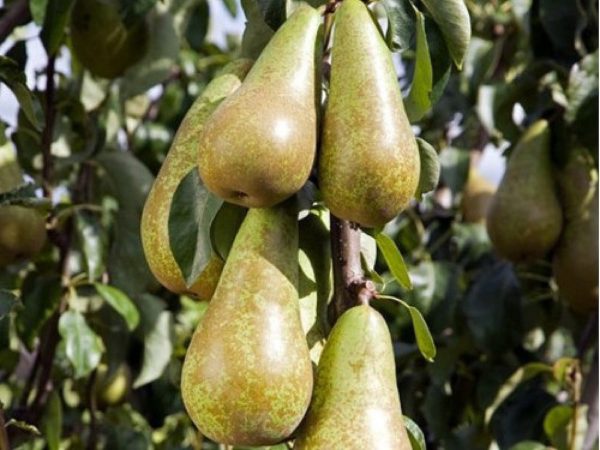
- “Noyabrskaya” - tall - 5 meters. Skoroplodna - happy with the first harvest in 2-3 years. It has immunity to scab, a bacterial burn, and is slightly vulnerable to fungal infections. On a spreading crown, a dotted greenish fruit (gaining up to 60 kg) with a brownish-rusted belly of heterogeneous size: the smallest weighing up to 70 g, the largest - up to 350 g. Tasty, fragrant until March, in the refrigerator - until April-May.“November winter” - self-infertile. She needs pollinators.The varieties most suitable for this role are Goverla, Klappa’s Favorite, Conference, or Williams Summer.
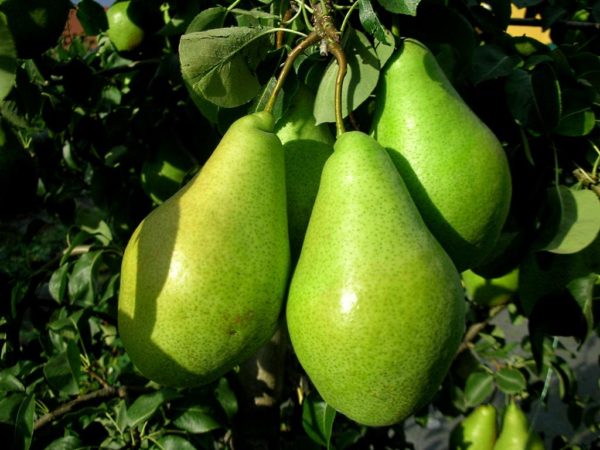
But there are those species that excellently bear fruit at -38 ° C. Such pear varieties are suitable for the Central Russian strip, and for more northern regions:
- Hera is a medium-tall tree with a neat, compact crown, capable of bearing fruit already in the fourth year of life. Productivity - up to 40 kg. Medium resistant to disease. Yellow-green, with a rosy barrel fruits, reaching the technical (necessary for harvesting) maturity of medium size weighing 250 g. They maintain density and taste brightness up to 5 months, then begin to darken, rot;
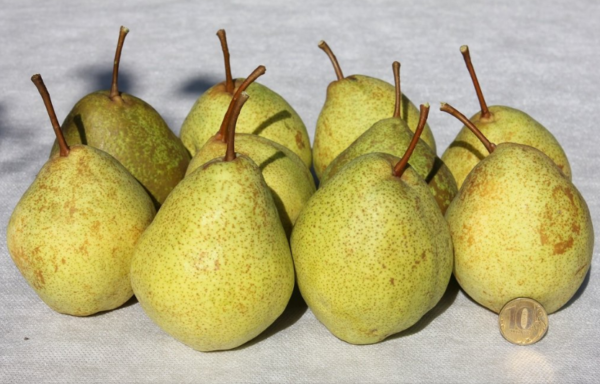
- Nika is a maximum height of 4 m. Bears fruit only from the 5th, and even from the 6th year. Red-sided fruits are not large - 150-200 g, but there are many of them - up to 80 kg per season, and they are buttery-sweet, with a pleasantly fine-grained pulp, without astringency - all 3-4 months of storage.
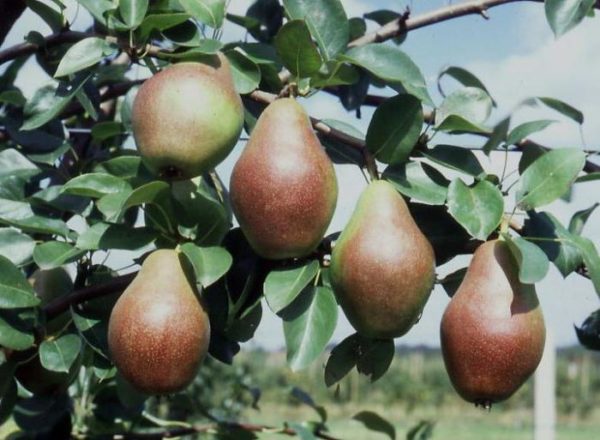
Varieties of Harvest Pears - Champions
In addition to the long-term storage of amateur gardeners, farmers, entrepreneurs are interested in the seasonal productivity of fruit trees. High-yielding, capable of producing 50 kg from young animals and 100-250 kg and even 400 kg from a mature pear, include:
- "Cure" - vigorous. Fruits abundantly in the third year - up to 50 kg. From 25-year-old pears, you can collect 300-400 kg of 250-gram fruit. Light green color when ripe in the store changes to yellow with dark spots. By the second month, the sweet-tart savory color becomes reddened, the aroma dissipates. If it is exposed from the cold to warm, it will deteriorate completely on the third day;
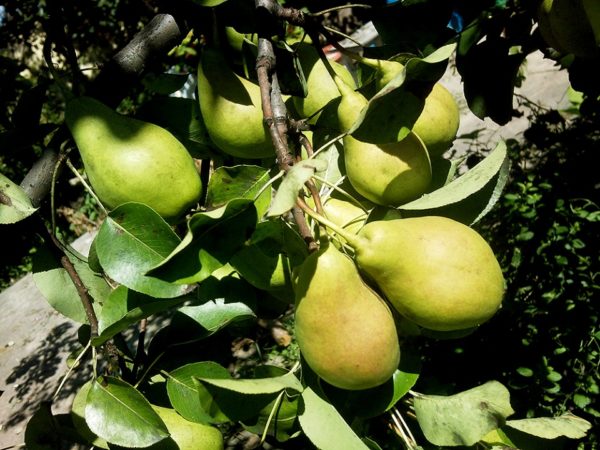
- "Saratovka" - a 200-gram golden delicacy for sweet tooth, not losing taste brightness for up to six months. Norm - 100 kg productivity. But there is a minus: with its characteristic frost resistance, resistance to powdery mildew diseases - it is drought-prone;
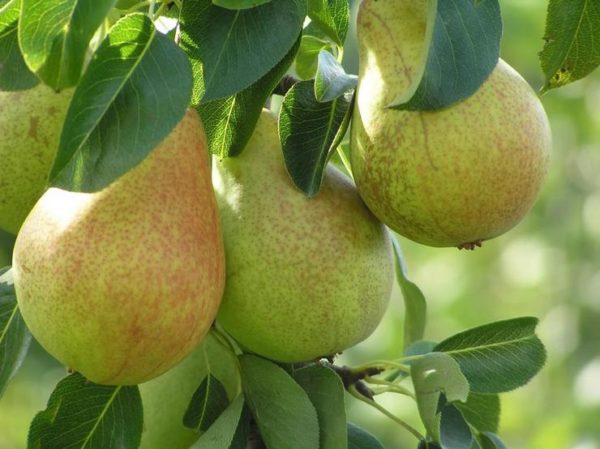
- "Lira" - you need to eat it until December. Regular fruiting record - 70 kg. Stable and productive. Expressively juicy, aromatic rich, 200 g of solid sweetness;
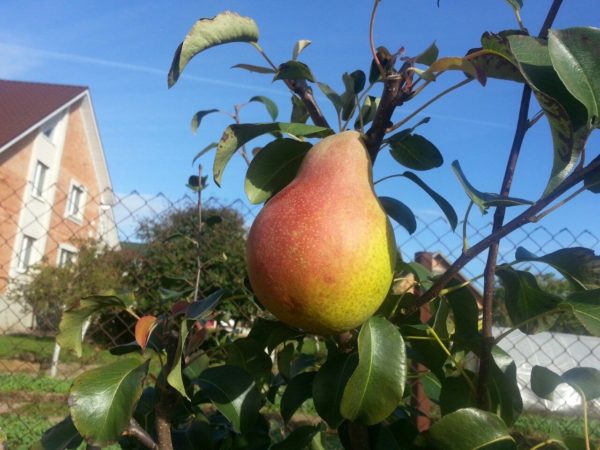
- Low-yielding in the seventh year of life - only up to 22 kg, and plentiful-yielding after 15-20 years (up to 220 kg), ideally suited for the Moscow Region "Yakovleva's favorite" with quince flavor. After the first November frosts, it can hang on branches without prejudice to taste and commercial quality. Transportable until spring. It requires a neighborhood of pollinators ("Summer Duchess" is the best assistant). She prefers loam and black soil;
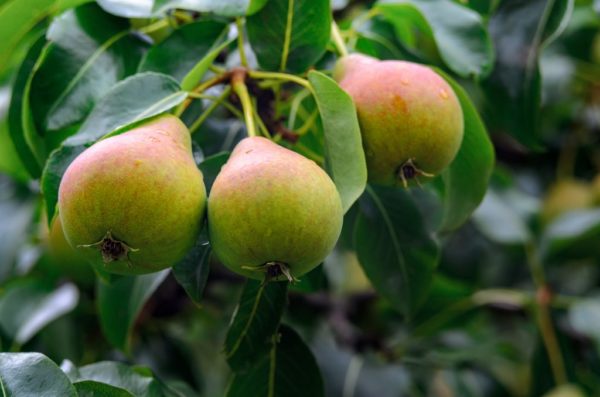
- "Winter Michurina Coast" - self-fertile. He loves lighted, little-blown places. It does not tolerate stagnation of moisture at the roots. It does not lose its thick wetness and tartness until January-February. Small - up to 140 g (ideal for canning). A quarter-centner is the usual yield for a ten-year-old garden. Changes the salad color when harvesting to almost canary with lateral blush when aged. Excellent raw materials for compotes, candied fruits, drying and jam;
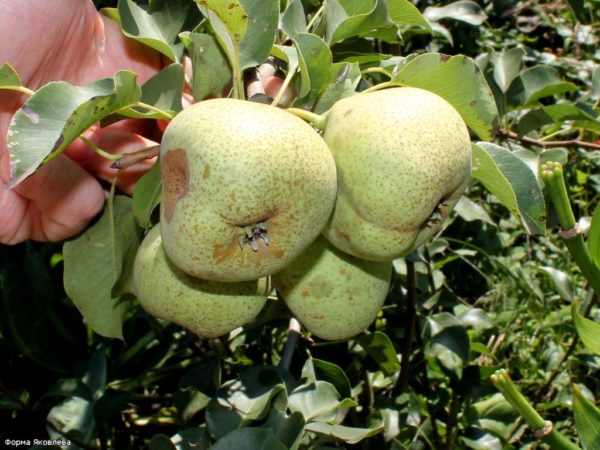
- “Miracle” - pyramidal, 5-meter, with thin branches. The color is similar to gooseberries, but without stripes, and with a speck, slightly elongated. 60-80 kg per season is not the limit. Up to frost, you can not remove without sacrificing quality.
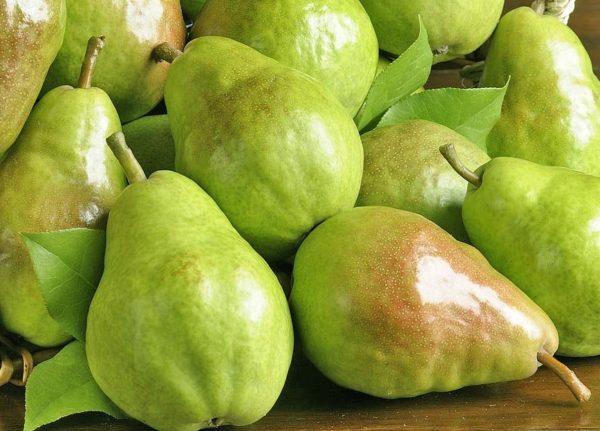
Long Preserved High Yield Leaders
The next parameter of importance in the description of winter-hardy late-ripening is the preservation of their presentation and taste. And here there are favorites:
- “Belarussian late” - early ripening, uniformly sized up to 120 broad-pear-shaped, rough fruits - deliciously sweet until February. It is prone to fading (especially in a generous crop year) and rapid thickening of the crown. Requires frequent trimming. Not located to clay, sandy soils. Opponent of standing water. Ripens by the end of September. Tasty in raw and baked form, used for jam, mashed potatoes, jams and after 8 months;
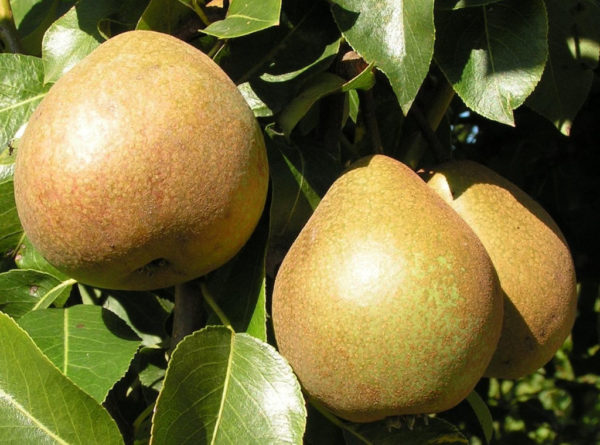
- "May Day" - mixed fruiting. Compact Medium-sized - from 140 to 220 g. Smooth-skinned with a waxy coating.Creamy flesh with slight granulation - resembles a peach. Suitable for the Central and Black Earth regions. It prefers low alkaline soil, two-time pruning and top dressing per year. Only warm watering. Root rot, fungal sores are not afraid of her, but bacteriosis requires preventive spraying - Bordeaux solution. September-October ripening. It does not deteriorate on average 230 days;
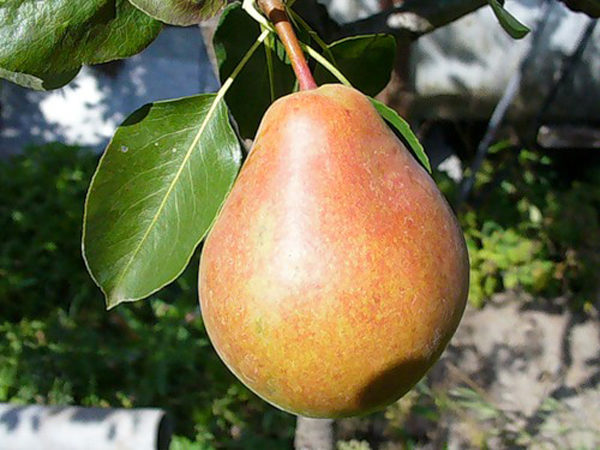
- "Winter Kubarevidnaya" - drought tolerant. Withstands temperature extremes critical for the midband. Pleases with the harvest only for 6-7 years, but annually gives 70-100 kg of rounded, terracotta-sided fruits with rough skin. 200 gram mass. When poured, it turns yellow and is taken by subcutaneous dots. Removable maturity - the end of September-beginning of October, consumer - December. Good consumer qualities - and in March it is also very fragrant, juicy-saturated.
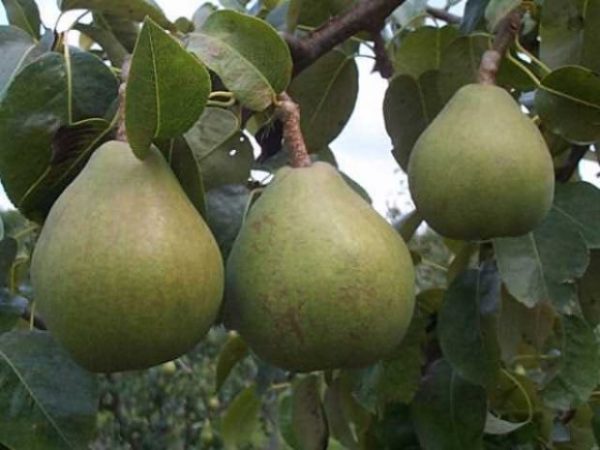
Proper storage - long lasting
Winter species are plucked not when they become soft, but also green-yellow, hard (the seed inside should be brownish). In September-early October. They pack it up, put it in a dry, well-ventilated room (it is possible in an insulated, well-ventilated attic of a barn, a courtyard kitchen) and do not touch it for about a month. During this time they reach, filling with juiciness, aroma and softness. Only after that they can be preserved, lowered into the basement / cellar, vegetable store.
Pears love careful collection: no bumps with damaged skin and dents on it. It is better to collect them after the dew has subsided (only dry!) - at the stage of technical maturity (when they lose their greenness and start to turn yellow). Each fruit along with the stalk (1) should be wrapped / wrapped with chancellor, writing or brown kraft paper (the newspaper is also acceptable), then laid out in two layers (the third row is permissible, but undesirable) with cuttings up in boxes whose bottom is fumigated for smoke disinfection and covered with thick paper or straw. It can be plastic, but preferably, of course, a wooden container with gaps / gaps between the planks.
The room for ripening should be selected dark, dry and well ventilated (natural, but not damp draft is welcome). The temperature in it should not fall below +8 ° C and rise above +20 ° C (standard - +14 ° C).
Three weeks-a month (rarely two) they are only checked, but not eaten. During this time, both taste and juiciness coupled with aroma come into force. If there is a need to shorten the term of entering full maturity, pears can be put in that paper bag, where there are still slightly greenish bananas or ripe apples. So, they can be eaten in a week.
After which they are lowered into the pantry (it is not necessary to free from paper), the basement / cellar, laid on the balcony (if it is sheathed with insulation, and the temperature there does not drop to zero in winter and does not go to minus) and cover with thick canvas. It is advisable that the boxes are not adjacent to potatoes or cabbage and are raised 20 centimeters above the ground or stand on shelves.
A few more ways (after they reached the desired condition):
- Fill the container with dry river (sifted construction) sand or coniferous sawdust. Lay the fruits with tails up, departing from each other 2-3 cm. Pour each tier. Only cuttings should peep out of the sand. The middle of winter will delight with pear aroma and pure relish.
- Dig a hole a meter and a half deep. At the bottom, lay a coniferous board, pallets or pine / spruce, juniper branches. Place the pears in paper bags (paper for postal packets) with small but fairly frequent openings. Cover with spruce board. Sprinkle with earth.Of the benefits - freshness persists until spring. Of the minuses - the easy availability of the crop for rodents, although the needles protect, but not completely.
- Release one of the shelves of the refrigerator and lay on it plastic bags (with ventilation slots-ducts) with pears packaged in 500-700 g. Extremely low temperature - 3-4 ° C. Apples, carrots, beets as neighbors should be excluded. Short-lived (maximum two months), but convenient, especially if a large family does not have a cold pantry.
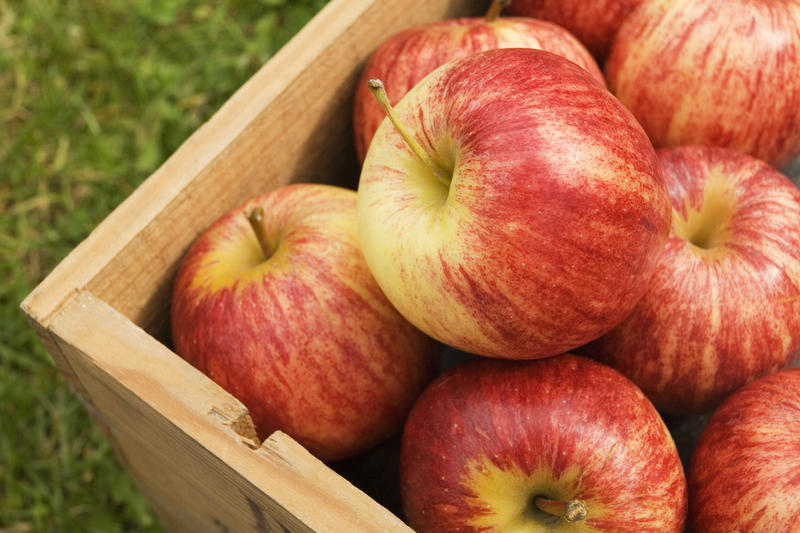 You may be interested in:
You may be interested in:Fruit benefits
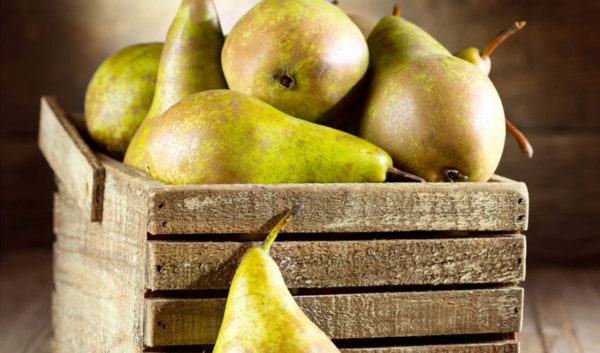
Pears are moody but tasty. And very useful. Vitamin-mineral complex - delight, coupled with Klondike for the body:
- The B-group will increase not only immunity, but also charge brain activity;
- carotene - a regulator of vision;
- rutin - an accomplice of capillary and vascular strength;
- iron - aligns the level of hemoglobin;
- a record content of beneficial potassium will free bones from fragility, strengthen the heart muscle and restore water balance;
- E - will fix the roughness of the skin, smoothing it and returning elastic smoothness;
- magnesium, which removes accumulated toxins from the body after viral diseases.
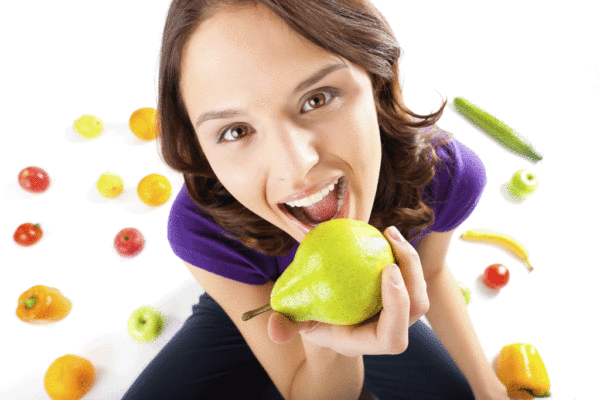
For those who can’t live without snacks, but really want to save their figure, they will become best friends - a minimum of calories will maintain normal weight, and organic acids, dietary fiber, stabilize the work of the intestines and liver.
Endrophins in its flesh are able to remove from protracted spleen, overpower stress and give a good mood. Deficient gluathation unifies the tendency to hemorrhoidal strokes.
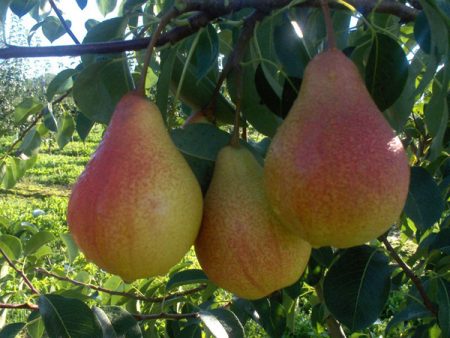 You may be interested in:
You may be interested in:Homeopaths and adherents of natural healing plants recommend them for:
- dizziness and frequently recurring migraines;
- violation of the genitourinary organs;
- pregnancy - folic acid, vitamin A are necessary for the normal, systematic development of the fetus;
- rampant infectious diseases - it ranks among light antiseptics (juice - an excellent rinse for the throat) and antiviral fighters.
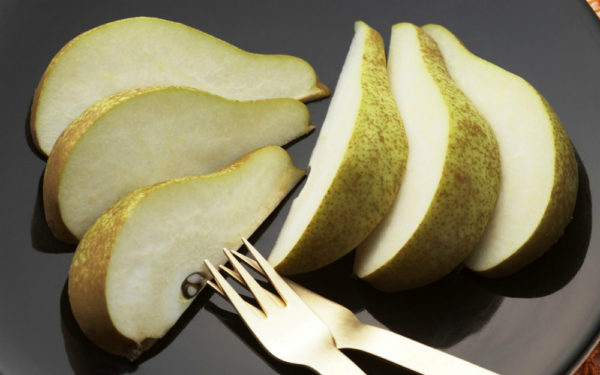
The logical conclusion: the balance of benefits and benefits
Winter hybrids of different-sorted pears compares favorably with early ripening counterparts: productivity, duration of storage and taste constancy. They are not afraid of transportation. Stable fruiting. The main thing is to choose your own variety - to plant it correctly and provide proper care. The gratitude of the tree will not keep itself waiting.

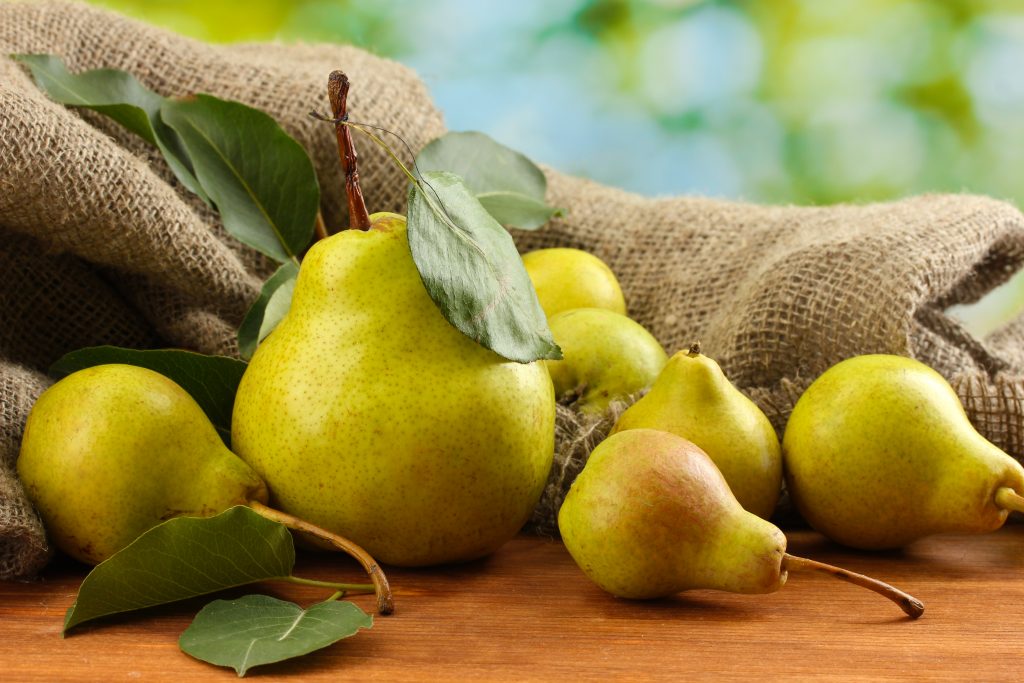
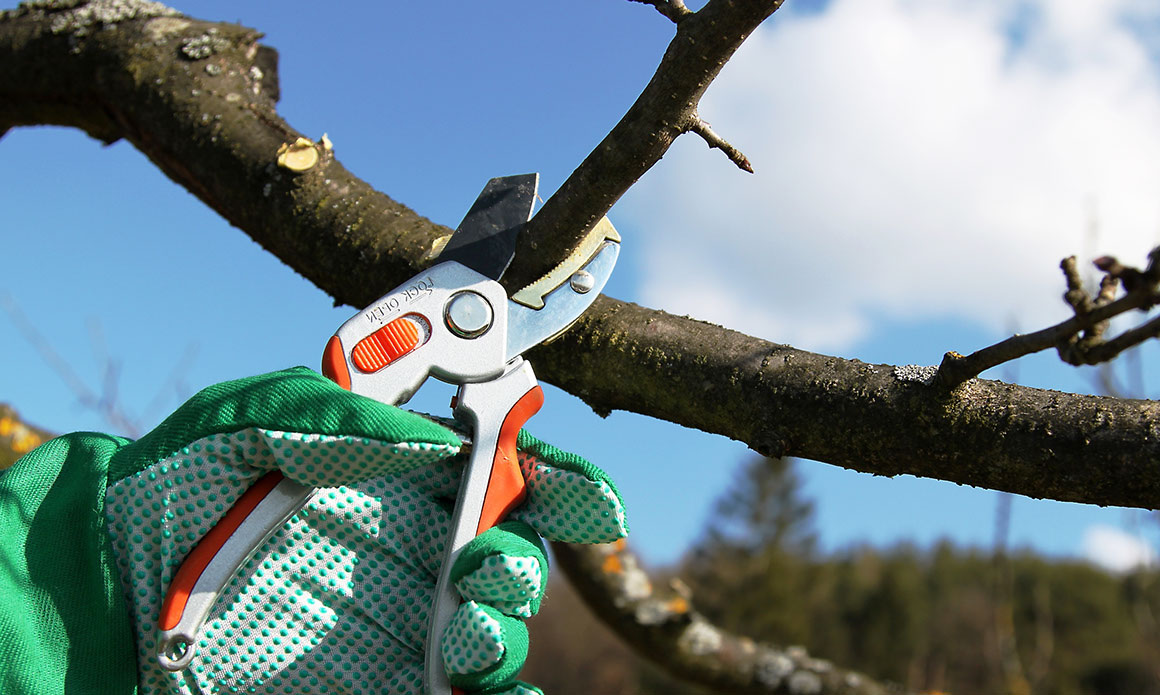
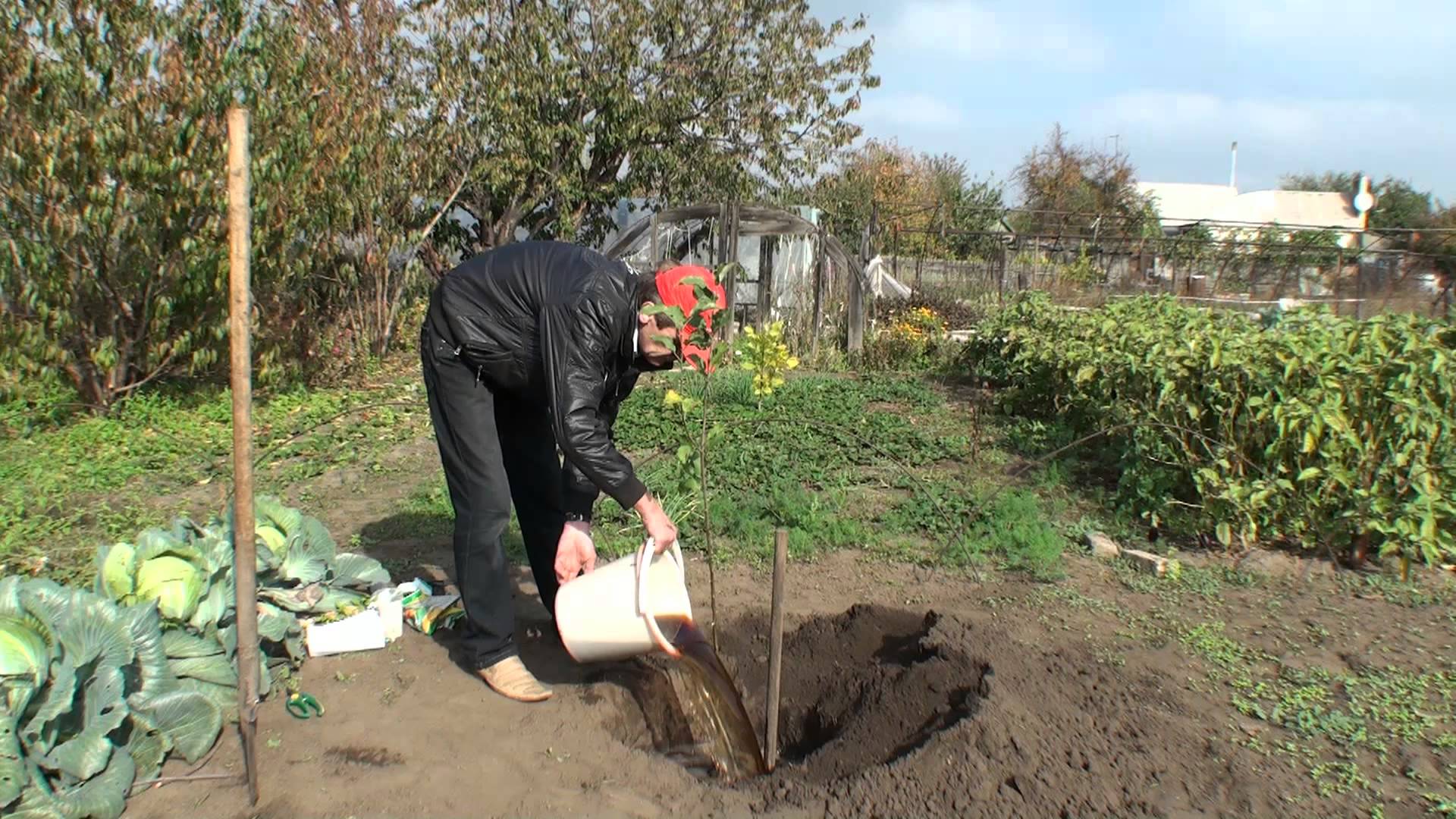
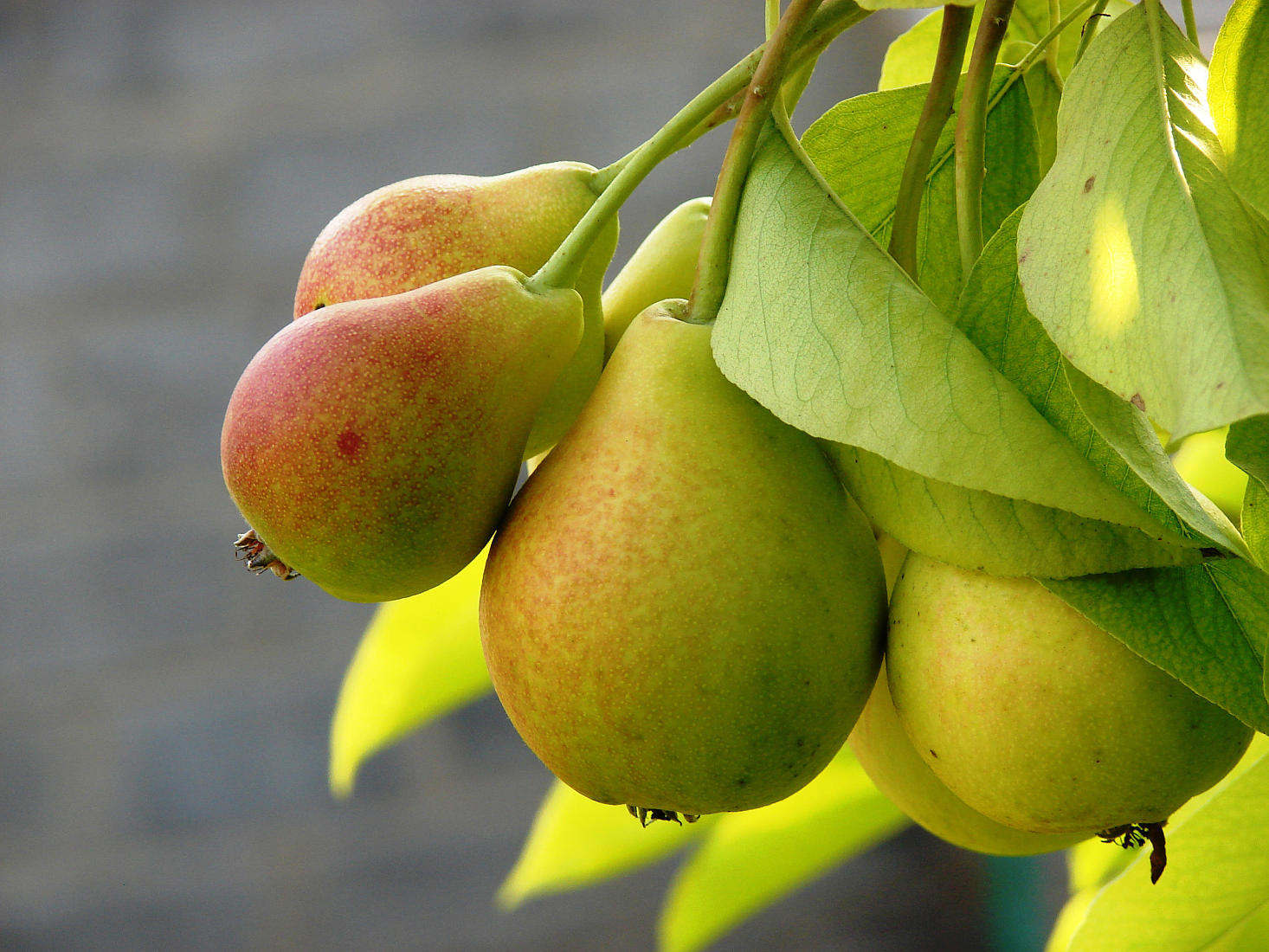 Pear "Noyabrskaya" winter: variety description
Pear "Noyabrskaya" winter: variety description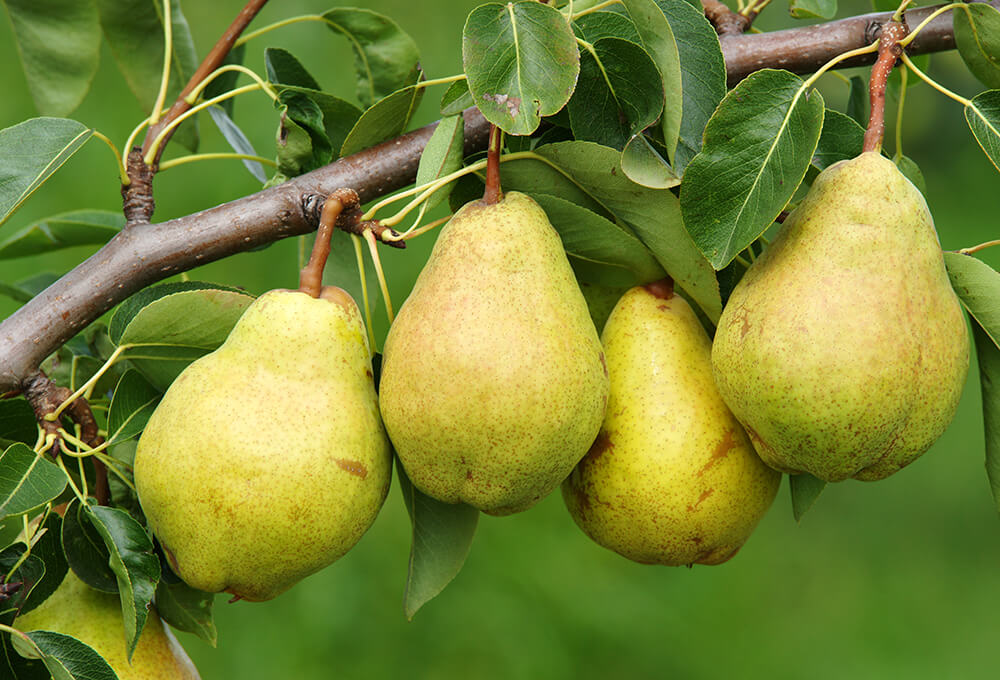 Now we know the reasons and what to do if the pear drops its fruit ovary
Now we know the reasons and what to do if the pear drops its fruit ovary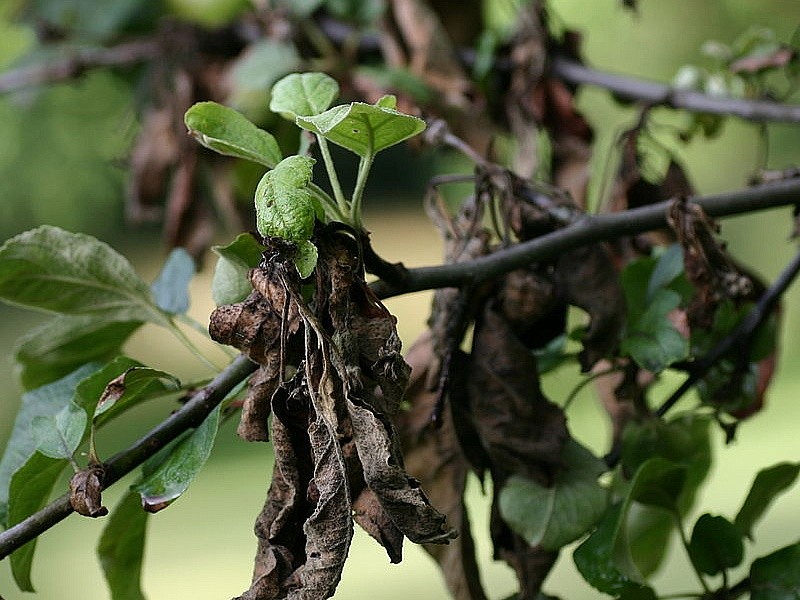 This drug from the pharmacy will help to cure the blackening and curling of foliage in a pear.
This drug from the pharmacy will help to cure the blackening and curling of foliage in a pear.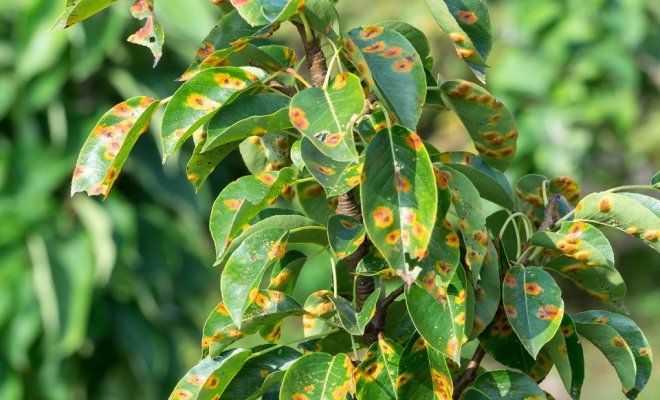 Are orange spots on pear leaves a disease? How to treat?
Are orange spots on pear leaves a disease? How to treat?